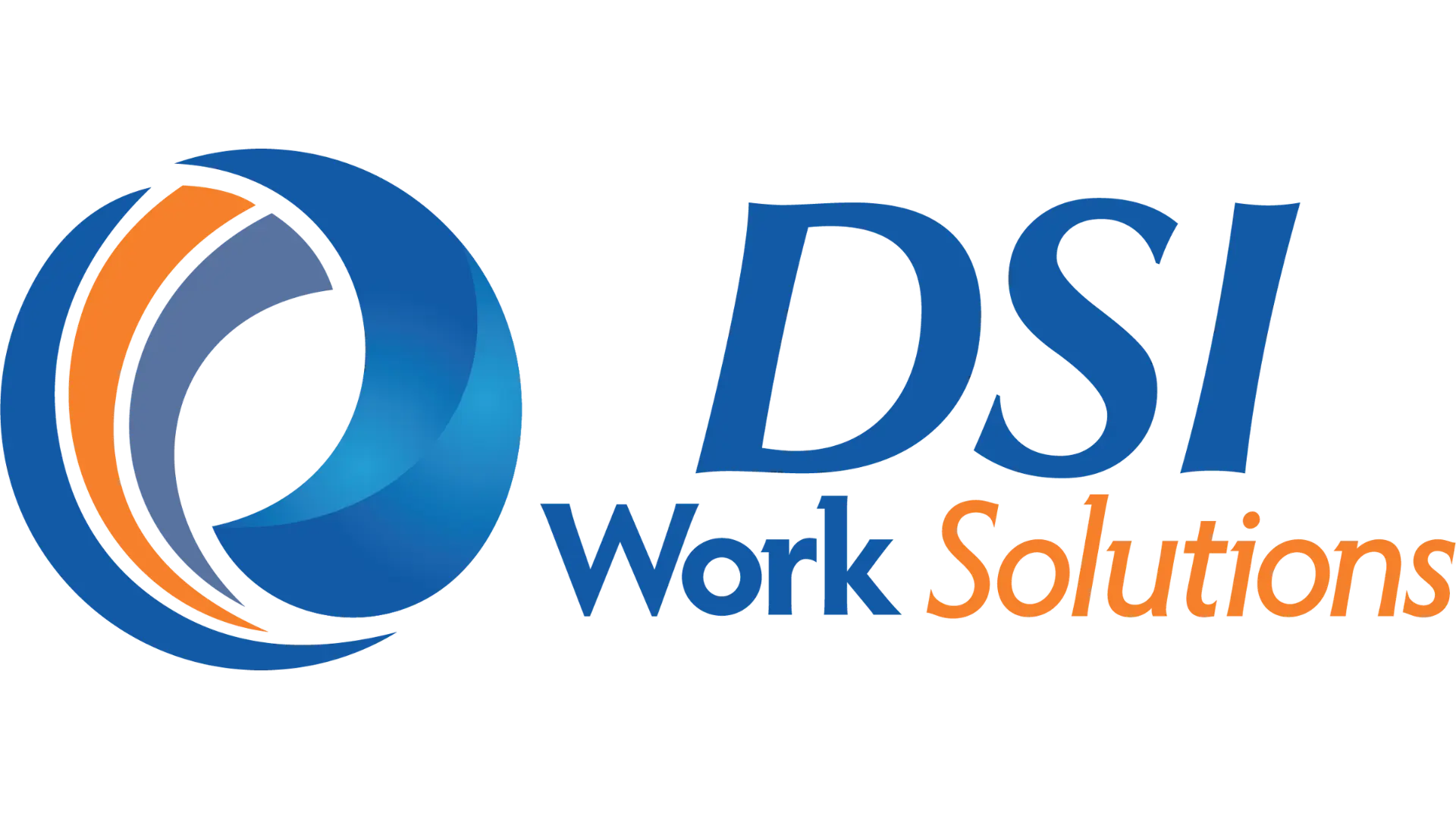Introduction
Welcome to our focused discussion on the pivotal role of functional job analysis in work injury prevention and management. As the CEO of DSI Work Solutions, I’ve witnessed firsthand how crucial understanding and analyzing job functions is in not only reducing the incidence of workplace injuries but also in significantly cutting down the associated costs.
In today’s rapidly evolving work environment, the safety and well-being of employees are paramount. Here, functional job analysis emerges as a key tool. By meticulously examining and understanding key job roles, we can pinpoint potential hazards and implement strategies that prevent injuries before they happen. This approach is not just about mitigating risks; it’s a proactive step towards creating safer, more efficient workplaces.
The Importance of Job Analysis
Professionals in safety, human resources, case management, insurance, healthcare, and law will find significant value in this video series. Functional job analysis is crucial for these roles, offering essential insights for effective workplace safety and injury management strategies.
Musculoskeletal injuries are a major concern in the workplace, leading to high costs and frequent occurrences. However, many of these injuries are preventable. Through functional job analysis, we can identify and mitigate risks, thereby reducing both the incidence of injuries and the resulting financial burdens.

The Role of Job Analysis in Injury Prevention
Job analysis is key in quantifying workplace risks such as lifting, pushing, pulling, bending, and reaching. By breaking down each job function, it identifies specific physical demands and potential hazards. This detailed analysis enables the implementation of targeted preventive measures, directly addressing the root causes of common injuries.
Effective communication among stakeholders is crucial in this process. Job analysis provides a common language and framework for employers, employees, and safety professionals to discuss and understand job requirements and risks. This clarity enhances collaboration in developing and implementing safety strategies, leading to more effective injury prevention.
The Power of Employee Engagement
Engaging employees in job analysis is a powerful strategy for reducing musculoskeletal injuries and associated costs. When employees are actively involved in identifying and assessing the risks associated with their specific job functions, they are more likely to adopt and adhere to safety protocols. This collaborative approach not only enhances the relevance of safety measures but also fosters a culture of shared responsibility for workplace safety.
Generic safety education, while valuable, often falls short in addressing specific workplace challenges. In contrast, targeted job analysis, tailored to the unique demands of each role, leads to more effective injury prevention strategies. By focusing on the particular needs and risks of each job, employers can implement more precise and impactful safety education.

Exploring the Job Analysis Process
In our video series, we delve into five key aspects of job analysis:
- Overview of Job Analysis: We begin by examining what a job analysis looks like and how it helps break down communication barriers between various stakeholders, ensuring clear and effective discussions about workplace safety.
- Identifying Essential Job Functions: The second video focuses on pinpointing the essential, or primary functions of a job. This clarity is crucial for both implementing safety initiatives and facilitating return-to-work processes.
- Assessing Physical Characteristics: Our third installment examines the process of identifying and measuring the physical demands associated with each job function, ensuring accuracy and reliability in the analysis.
- Exploring Ergonomic Interventions: The fourth video explores entry-level ergonomic interventions. Based on the identified job functions and physical demands, we discuss how to pinpoint stress factors linked to musculoskeletal injuries, guiding employers in targeting specific areas for safety improvements.
- Using Results to Improve Outcomes: The final video discusses utilizing job analysis and its documentation to enhance return-to-work outcomes. This includes interpreting physician restrictions and integrating job-related components into treatment plans, contributing to earlier return to work and more effective and safe work abilities post-injury.

Conclusion
I warmly invite you to explore our website and learn more on job analysis. Each course is designed to enhance your understanding and application of these vital concepts. You’ll find a wealth of resources and you’ll have an opportunity to take the first lesson in our courses with no obligation. We strive to provide education and support that will enhance your success in work injury prevention and work injury management.
I sincerely hope you will continue to join us for the next 5 videos in this series. This series is not just about gaining knowledge; it’s about actively contributing to safer, more efficient work. Together, those of us in human resources, safety, healthcare, and others can make a more substantial impact. Let’s embark on this journey towards excellence in work injury management and work injury prevention.












.webp)